x
Search results for 'k12courses.com is merging with certkillers.net in future'
Show Filter
Science K E1
Science K brings science alive by providing students a combination of virtual lab investigations (with options for hands-on learning), interactive lessons that provide opportunities for inquiry, and an array of e-books that capture students’ attention and grow their interest in science.
The curriculum begins with an overview of what science is and who scientists are. Students then focus on plant and animal relationships and analyze the weather. In the last half of the course, students explore how the sun affects their world and explore the interactions between different forces.
This course calls for the following household materials, though they are optional, since digital versions of all labs are available:
- blanket
- composition book, notebook, or loose-leaf paper to use as a Science Notebook*
- crayons, markers, or colored pencils
- hat
- scissors
- toy car
- umbrella
*Students may choose to keep a digital Science Notebook.
From: $900.00
History of the United States E1
Students in History of the United States E1 explore United States history, geography, economics, and government. This is done by focusing on the influence of physical and cultural characteristics on national origins, growth, and development. Students study Indigenous cultures, European exploration, colonization, settlement, the American Revolution, the founding of the Republic, the early years of the United States, the Civil War, and the 20th Century in the United States. Students learn about citizenship and the major components of the government as outlined in the United States Constitution. The course emphasizes critical thinking skills, including questioning, examining fact and opinion, analyzing and evaluating sources of information, contrasting and comparing using primary and secondary sources, and conducting research using a variety of resources. Additional social studies skills are integrated in the lessons including reading and analyzing maps, creating and interpreting charts and graphs, identifying relationships, engaging in debate, writing persuasively, and developing thinking and independent study skills.
This course requires the following household materials:
- composition book, notebook, or binder with loose-leaf paper to use as a History Journal
- crayons, markers, or colored pencils
From: $900.00
Social Studies K ED
This course introduces students to fundamental topics within the social studies discipline. These topics include family, home, community and culture, geography, chronology, early U.S. history, civics and the responsibilities of citizenship, and economics.
Students begin by locating themselves and their families within a community and culture. They learn about basic physical geography and how to read maps and globes. Students explore what history is and how they study the past. They learn about the first peoples of the Americas and the founding of the United States. Students identify symbols of and celebrations in the United States and investigate the lives of significant historical figures in the context of civic responsibility. They also explore citizenship and basic economics.
This course requires the following household materials:
- composition book, notebook, or loose-leaf paper to use as a Social Studies Notebook
- crayons, markers, or colored pencils
$900.00
Math K E1
Math K is designed to provide students with a strong foundation in mathematical concepts. Students master content through a combination of teacher-led instruction (either live or via embedded video within the course) and independent practice, both online and offline. Teacher-led instruction engages students using online resources, including virtual manipulatives, videos demonstrating concepts with physical manipulatives, and videos teaching concepts through song. During independent practice, students solve problems online, often working with virtual manipulatives, and offline in an activity book. The Math K curriculum begins with a heavy emphasis on numbers and counting, leading to an understanding of addition and subtraction. Throughout the Math K course, students also explore mathematical concepts found around them in the world, including clocks and calendars, position and patterns, subtilizing, shapes, measurable attributes, and money.From: $900.00
Phonics K E1
The English Language Arts K program comprises two courses, ELA K and Phonics K. The program provides kindergarten students with a complete early literacy learning experience. Students work through structured lessons that emphasize reading readiness, phonics, language skills, literature, writing skills, and handwriting.
Phonics prepares students to become independent readers through teacher-led, systematic, multisensory instruction in a developmentally appropriate manner. Students review letter names, practice phonological awareness, and learn decoding skills and sight words. Letter tiles, a variety of interactive games and activities, and decodable readers (brief stories that consist entirely of words students can read independently) support multimodal learning.
From: $900.00
Phonics 1 E1
The English Language Arts 1 program comprises two courses, ELA 1 and Phonics 1. The program provides a well-balanced approach to literacy that integrates phonics, reading, writing, grammar, vocabulary, spelling, and handwriting.
Phonics prepares students to become independent readers through teacher-led, systematic, multisensory instruction in a developmentally appropriate manner. Students review phonological awareness and learn advanced decoding skills and sight words. Letter tiles, a variety of interactive games and activities, and decodable readers (brief stories that consist entirely of words students can read independently) support multimodal learning. Spelling instruction begins in the second half of the first semester in ELA 1, building on the foundation of letter-sound knowledge previously mastered in Phonics.
From: $900.00
ELA 1 E1
The English Language Arts 1 program comprises two courses, ELA 1 and Phonics 1. The program provides a well-balanced approach to literacy that integrates phonics, reading, writing, grammar, vocabulary, spelling, and handwriting. Students develop comprehension, build vocabulary, and gain a lifelong interest in reading. Thematic units in literacy contain workshops in which instruction is anchored by a focus text. Through a combination of teacher-led instruction (either live or via embedded video within the course) and independent practice (both online and offline), students build knowledge by exploring both classic and contemporary works in different genres and formats—fiction, poetry, drama, nonfiction, trade books, magazines, and e-books. Beginning in the second semester, students complete focused grammar activities and write a variety of compositions by following the writing process.
Phonics prepares students to become independent readers through teacher-led, systematic, multisensory instruction in a developmentally appropriate manner. Students review phonological awareness and learn advanced decoding skills and sight words. Letter tiles, a variety of interactive games and activities, and decodable readers (brief stories that consist entirely of words students can read independently) support multimodal learning. Spelling instruction begins in the second half of the first semester in ELA 1, building on the foundation of letter-sound knowledge previously mastered in Phonics.
From: $900.00
ELA K E1
The English Language Arts K program comprises two courses, ELA K and Phonics K. The program provides kindergarten students with a complete early literacy learning experience. Students work through structured lessons that emphasize reading readiness, phonics, language skills, literature, writing skills, and handwriting through a combination of teacher-led instruction (either live or via embedded video within the course) and independent practice, both online and offline. The program provides a strong foundation in comprehension and vocabulary to instill a lifelong interest in reading and learning. Phonics prepares students to become independent readers through teacher-led, systematic, multisensory instruction in a developmentally appropriate manner. Students review letter names, practice phonological awareness, and learn decoding skills and sight words. Letter tiles, a variety of interactive games and activities, and decodable readers (brief stories that consist entirely of words students can read independently) support multimodal learning. Read-aloud instruction through a wide variety of texts kindles the imagination and builds knowledge while developing listening skills, comprehension, and vocabulary. Students acquire the critical skills and knowledge required for reading and literacy. Text selections include engaging classic literature, exciting contemporary titles, and informative nonfiction topics in a variety of formats including trade books, magazines, and e-books. Poems and nursery rhymes help students further expand vocabulary and comprehension while developing a love of language. Drawing, and later writing, in students’ My Writing Journal K lays the foundations of the writing process as students brainstorm, discuss, illustrate, and share ideas with others. Targeted handwriting activities provide gentle instruction to help students print letters correctly. This course requires the following household materials: • crayons • dictation notebook • glue • index cards • scissors, round-end safety • sight words boxFrom: $900.00
A+ Computer Management with Exam Prep 2 (TCH562E3)
This is the second semester of a two semester course. This course continues to provide a comprehensive introduction to managing and maintaining computer hardware and software. The course closely integrates the CompTIA A+ Exam objectives to prepare students for the 220-1101 and 220-1102 certification exams. The course includes the latest trends in hardware, security, virtualization, coverage of cloud computing, Linux and Mac OS, and increased emphasis on mobile devices.$450.00
Digital Media: Illustrator with Exam Prep (TCH330)
TCH330 Digital Media: Illustrator with Exam Prep is MSi curriculum that prepares students for the Adobe Certified Professional Exam. This course gives students comprehensive training in the fundamentals of design. Topics covered include identifying the purpose, audience, and audience needs for preparing images, communicating with colleagues and clients about design plans, understanding copyright and licensing, using design principles and best practices, setting up projects and utilizing the interface, managing colors, swatches, and gradients, organizing design elements, creating and manipulating visual elements, and preparing images for export to Web, print, and video.$450.00
Middle School Spanish I, Semester 2
Middle School Spanish I has been carefully aligned to national standards set forth by the American Council on the Teaching of Foreign Languages (ACTFL). Students in Middle School Spanish I focus on the four key areas of world language study: listening, speaking, reading, and writing. The course represents an ideal blend of language-learning pedagogy and online learning. Each unit consists of a new vocabulary theme and grammar concept, reading and listening comprehension activities, speaking and writing activities, multimedia cultural presentations, interactive activities that reinforce vocabulary and grammar, and frequent assessments during which language progression can be monitored. There is a strong emphasis on providing context and conversational examples for the language concepts presented in each unit. Students have many opportunities to practice and master the vocabulary and grammar before moving to the next unit. In this course, students explore greetings; school; adjectives; colors; continents, countries, and numbers; telling time; –ir, –er, and –ar verbs; and days, months, and seasons.$450.00
NEED MORE INFO
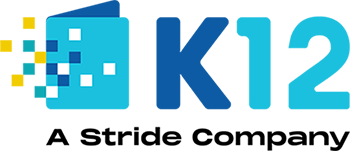
THANK YOU!
We have received your inquiry and you will start to receive additional information about our school offerings and programs. An enrollment consultant will contact you shortly.
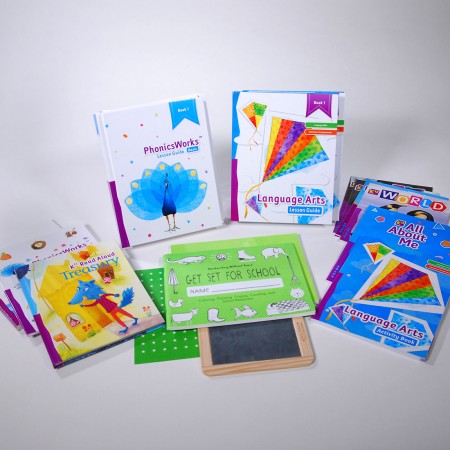

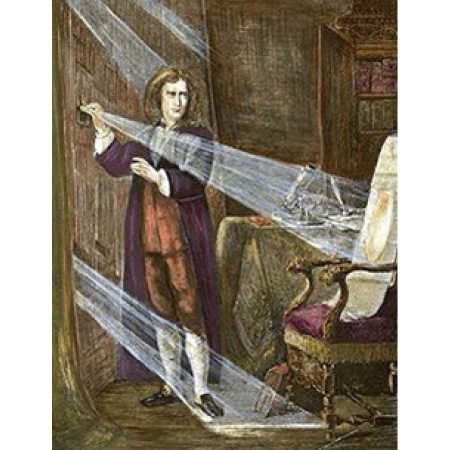
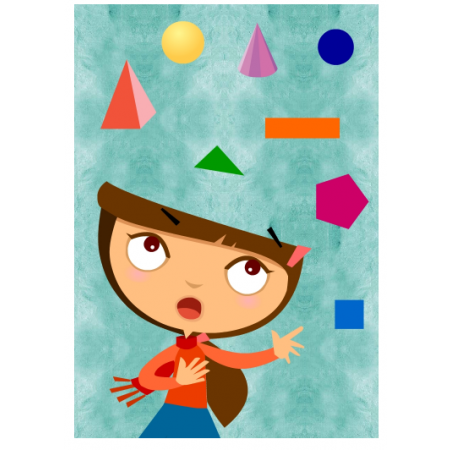

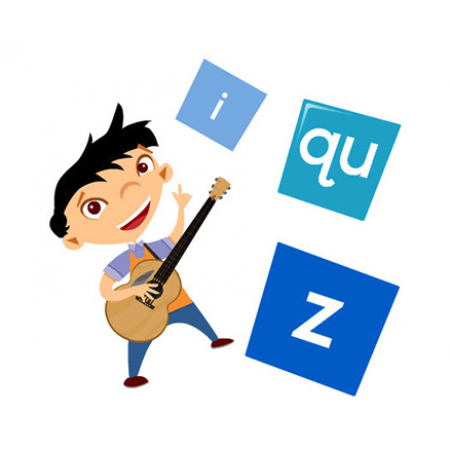
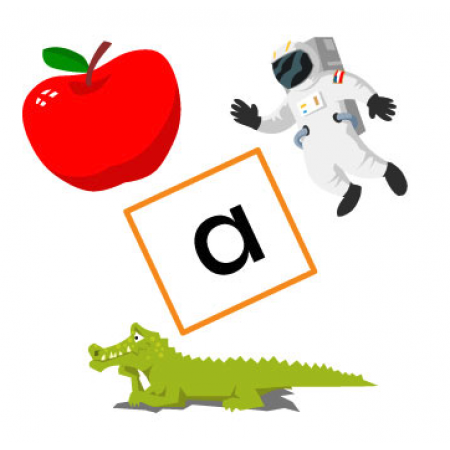
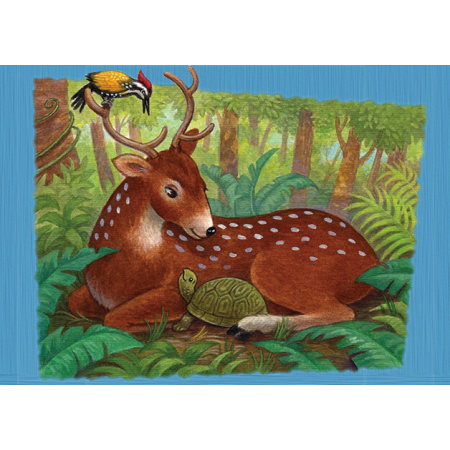
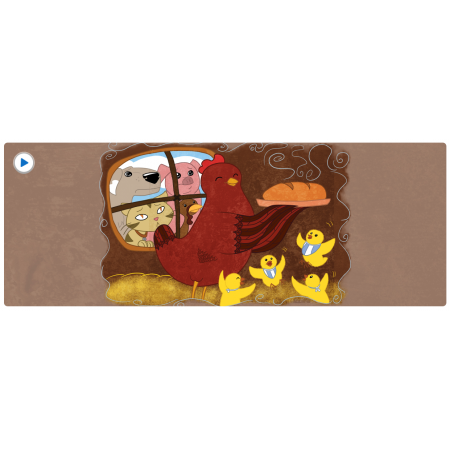

Science 4 E1 brings science alive by providing students a combination of virtual lab investigations (with options for hands-on learning), interactive lessons, and an array of e-books that capture students’ attention and grow their interest in science. Students engage in science and engineering practices as they explore topics such as weather, climate, earth’s place in the universe, organisms, ecosystems, waves, information transfer, motion, and forces. Throughout the course, students conduct investigations using digital tools and simulations. Some labs also include alternative investigations that use household materials.
This course calls for the following household materials, though they are optional, since digital versions of most labs are available. Other times, students will design their own investigation and choose their own household materials:
· Science Notebook (required)*
· pencil or pen (required)
· crayons or markers (optional)
· notebook paper (optional)
· pot (optional)
· pot holders (optional)
· ice cubes (optional)
· stove (optional)
· string or twine (optional)
· instrument, string (optional)
· water (optional)
· large plastic tub or bathroom sink (optional)
· plastic object or toy that floats, like a rubber ducky
· 1 rock or stone (1inch in size) (optional)
· 1 rock or stone (2 inches in size) (optional)
· 1 rock or stone (3 inches in size) (optional)
· large plastic tubs or containers (optional)
· clear glass (optional)
· plastic cup (optional)
· flashlight (optional)
· piece of wood or wooden surface (optional)
· mirror (optional)
· prism (optional)
· tap water (optional)
· magnifying glasses (optional)
· drinking glasses (optional)
· can, aluminum (optional)
· hand drum or appropriate substitute (optional)
· tape (optional)
· coin (optional)
· scissors (optional)
· stopwatch (optional)
· meterstick (optional)
· ball (optional)
· bat, or other long-handled implement (optional)
*Students may also keep a digital Science Notebook.